Introduction
In today’s rapidly evolving digital landscape, AI and Web 3.0 digital interactions are reshaping the way we engage online. From hyper-personalized experiences to decentralized platforms, these technologies are creating a future where AI-powered avatars, blockchain innovations, and intelligent automation redefine digital identity. As Web 3.0 integrates AI-driven solutions, the internet is becoming more immersive, interactive, and decentralized, offering limitless opportunities for users and businesses alike.
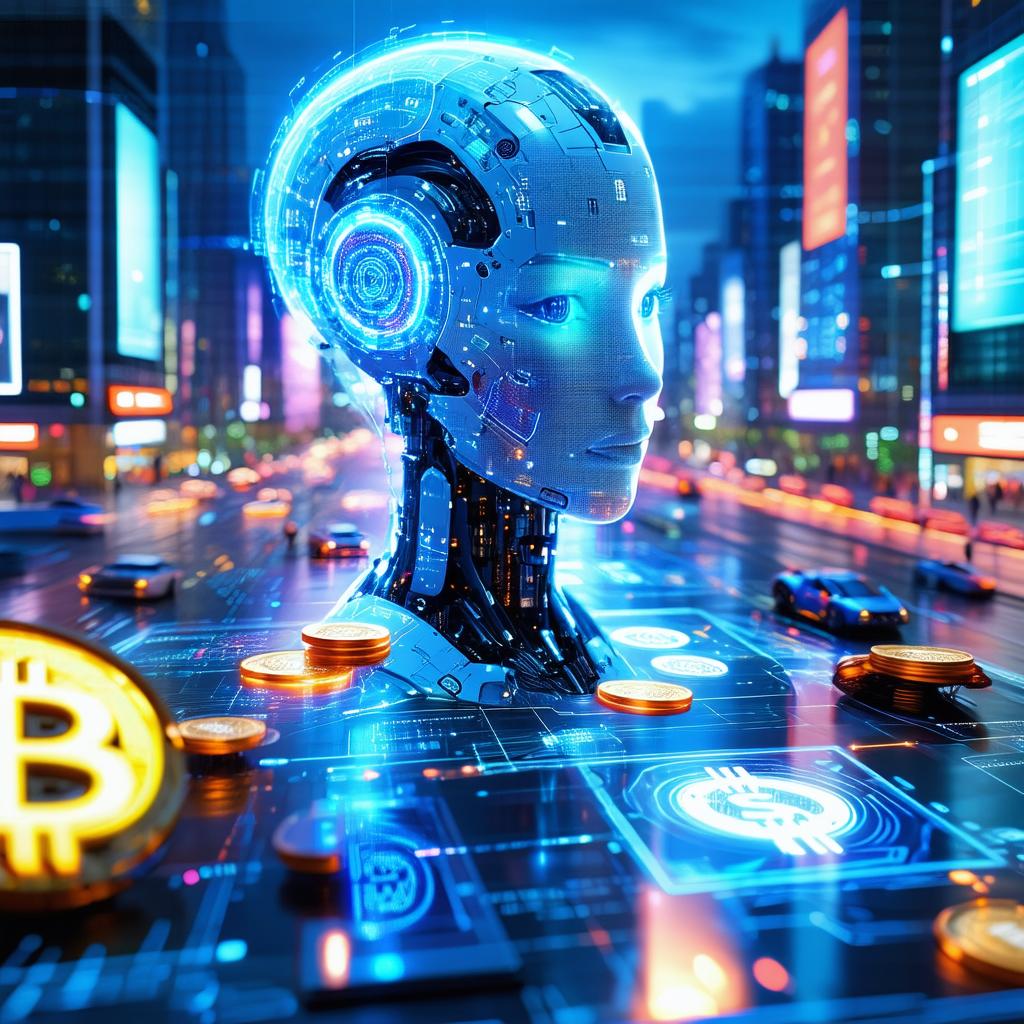
With the advent of Artificial Intelligence (AI) and Web 3.0, we are entering an era where online interactions will become more dynamic, personalized, and immersive. AI-driven avatars, intelligent digital humans, and decentralized ecosystems are reshaping the future of online communication and business.
This blog explores the impact of AI and Web 3.0 on digital interactions, their key benefits, and what the future holds for online engagement.
The Limitations of Current Digital Interactions
The internet, despite its vast capabilities, is still largely dominated by static digital profiles. These profiles lack depth and fail to reflect users’ personalities, emotions, or preferences. Businesses, influencers, and everyday internet users are restricted by:
- Lack of Personalization: Users cannot fully customize their digital personas beyond a basic profile picture and bio.
- Limited Interaction Capabilities: Communication remains confined to text, static images, and scripted chatbots.
- Data Centralization: Most platforms are controlled by centralized entities, restricting true ownership over digital identities.
As technology evolves, the demand for hyper-personalized, interactive, and decentralized digital experiences is growing. This is where AI and Web 3.0 step in.
How AI is Transforming Digital Interactions
Artificial Intelligence has been making waves across industries, and its role in reshaping digital interactions is profound. AI’s capabilities extend beyond chatbots and automation to the creation of intelligent digital humans and hyper-personalized avatars.
AI-Powered Digital Avatars
AI is enabling the development of digital humans that go beyond traditional profiles. These avatars can engage in meaningful interactions, exhibit emotions, and even evolve over time. Some key applications include:
- Virtual Influencers: AI-generated personas can create content, engage with followers, and represent brands online.
- Customer Support Agents: Unlike conventional chatbots, AI avatars can provide emotional intelligence-driven support.
- Business Representatives: Digital humans can interact with customers, host virtual meetings, and even sell products.
Personalized AI Experiences
Through advancements in machine learning (ML) and natural language processing (NLP), AI can tailor digital experiences based on user behavior and preferences. Some key benefits include:
- Enhanced Communication: AI-driven avatars can interact in a more human-like manner, responding with empathy and adapting their tone.
- Real-Time Personalization: AI can analyze user preferences and customize digital environments accordingly.
- Improved Engagement: With AI, digital interactions can become dynamic, engaging, and truly interactive.
AI is also enabling synthetic media creation, where digital avatars can generate hyper-realistic content, reducing the need for constant human intervention.
The Role of Web 3.0 in Reshaping Online Interactions
While AI enhances interaction quality, Web 3.0 brings a new dimension to digital experiences by offering decentralization, ownership, and interactivity.
Decentralization and Digital Identity
Unlike Web 2.0, where centralized platforms control user data, Web 3.0 allows users to own and control their digital identities. Some key elements include:
- Self-Sovereign Identity (SSI): Users can verify and control their data without relying on third-party platforms.
- Blockchain-Powered Avatars: Individuals can create non-fungible token (NFT)-based digital personas, granting true ownership and adaptability.
- Decentralized Social Media: Platforms powered by blockchain eliminate censorship and central authority control.
NFTs and Utility Tokens in Digital Customization
Web 3.0 is integrating NFTs and utility tokens to offer unparalleled customization options for digital avatars. Some examples include:
- NFT-Based Digital Humans: These avatars can evolve and be upgraded based on user preferences.
- Utility Tokens for Personalization: Users can purchase add-ons, skins, voices, and other features for their avatars.
- Virtual Economy Participation: Digital avatars can engage in decentralized commerce, selling services and attending virtual events.
Immersive Digital Spaces
Web 3.0 introduces metaverse-like environments where digital avatars can socialize, trade, and collaborate. These environments enable:
- Virtual Meetings & Conferences: AI-powered avatars can represent individuals in digital meetings.
- Decentralized Marketplaces: Users can buy, sell, or trade digital assets securely.
- Enhanced Social Interactions: Avatars can mimic real-world interactions, offering a more engaging online experience.
Case Study: Antix – AI-Powered Digital Humans
One of the pioneering platforms revolutionizing AI and Web 3.0 interactions is Antix.
What is Antix?
Antix is an AI-powered Software-as-a-Service (SaaS) platform that combines GPT-4.0 with Web 3.0 technology to create hyper-realistic digital humans. These digital avatars are designed to:
- Offer personalized interactions for brands, influencers, and individuals.
- Function as non-fungible tokens (NFTs), allowing customization and ownership.
- Engage in content creation, customer support, and marketing.
How Antix Enhances Digital Interactions
- Brand Representation: AI avatars serve as virtual brand ambassadors, engaging audiences online.
- Influencer Support: Digital humans can create content and interact with audiences on behalf of influencers.
- Personalized Communication: AI-driven avatars can express emotions and mimic real-life personas.
- Utility Token ($ANTIX): Used for subscription payments, customization, and ecosystem rewards.
Platforms like Antix are setting the stage for the future of digital interaction by merging AI intelligence with Web 3.0 decentralization.
The Future of AI and Web 3.0 in Digital Interactions
As AI and Web 3.0 continue to evolve, digital interactions will become:
- More Personalized: AI will analyze user data to tailor interactions in real time.
- More Autonomous: Digital humans will function with minimal human intervention.
- More Decentralized: Web 3.0 will give users greater control over their online identities and assets.
Industries such as e-commerce, entertainment, and education will be among the biggest beneficiaries. AI-powered digital assistants, virtual influencers, and blockchain-driven economies will redefine how we engage online.
Conclusion
AI and Web 3.0 are set to revolutionize digital interactions, offering personalization, decentralization, and immersive experiences. From AI-powered digital humans to NFT-based avatars, the future of online engagement is shifting towards hyper-realistic and decentralized experiences.
As these technologies continue to mature, we will witness a new era of digital identity, where interactions feel more real and engaging than ever before.
Courtesy: Internet
Related Article:
Revolutionizing Digital Interactions with AI and Web 3.0
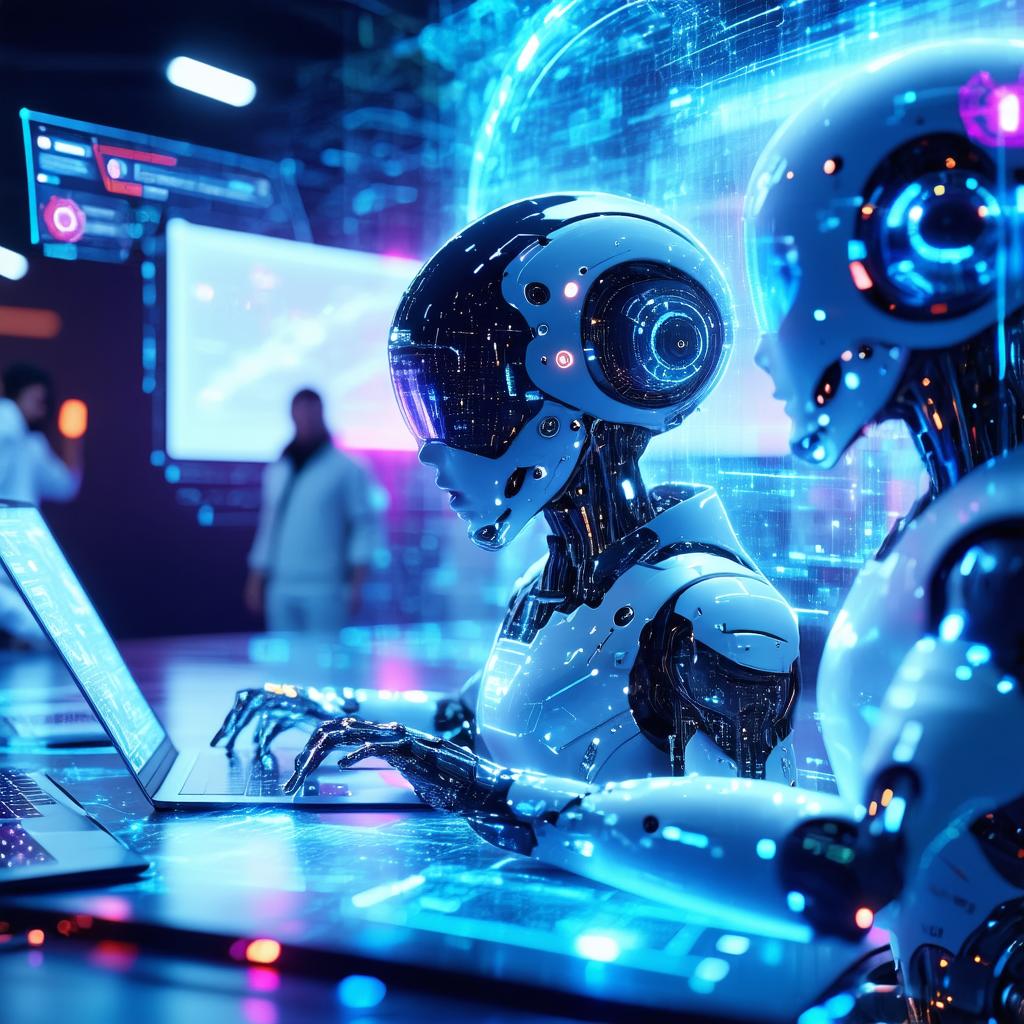
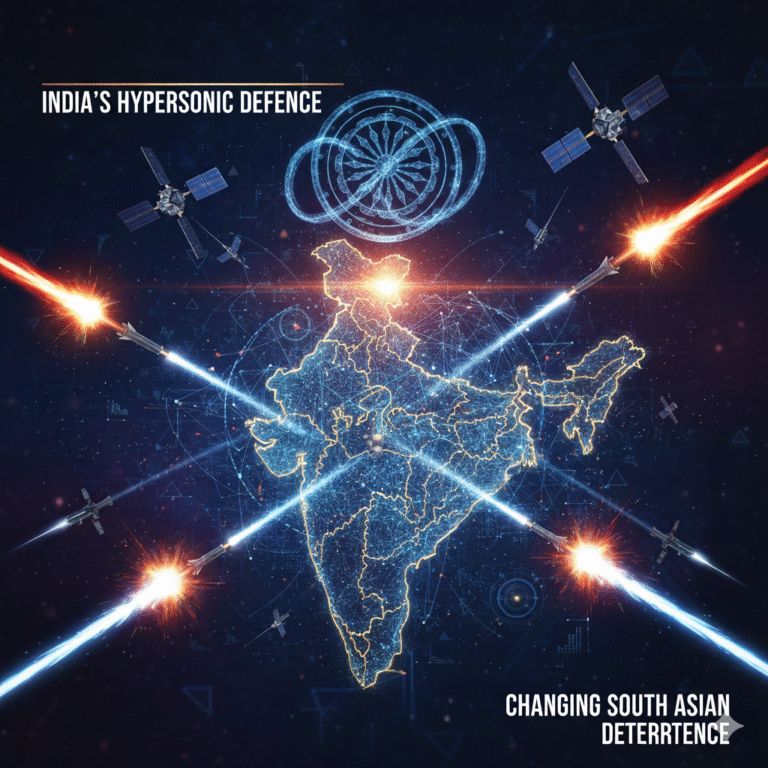

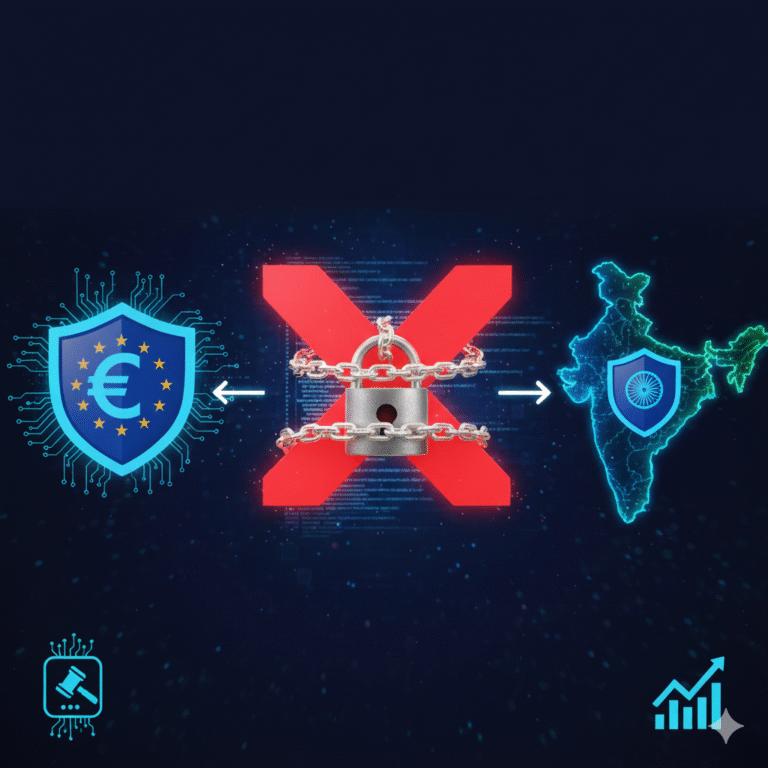

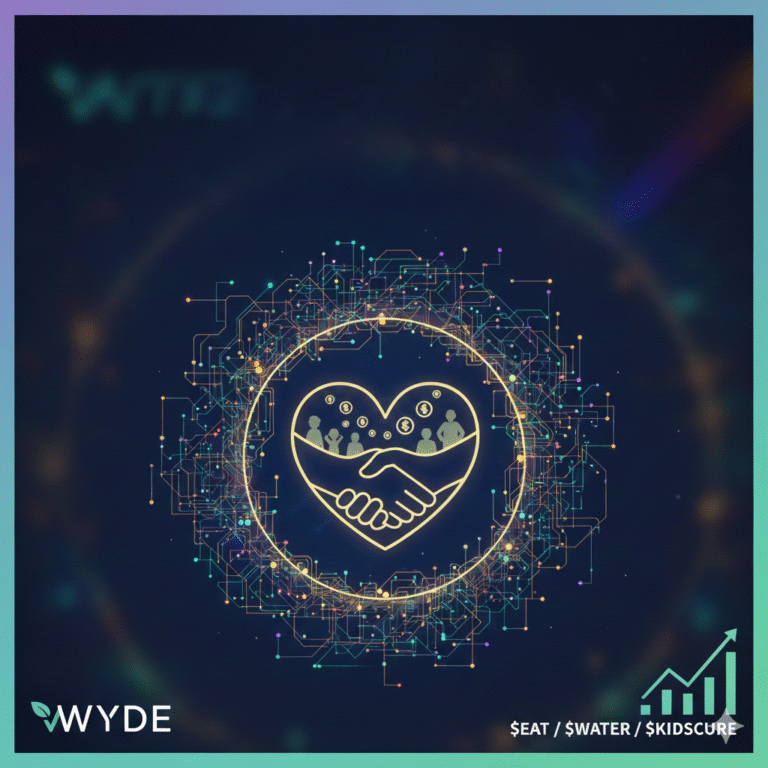


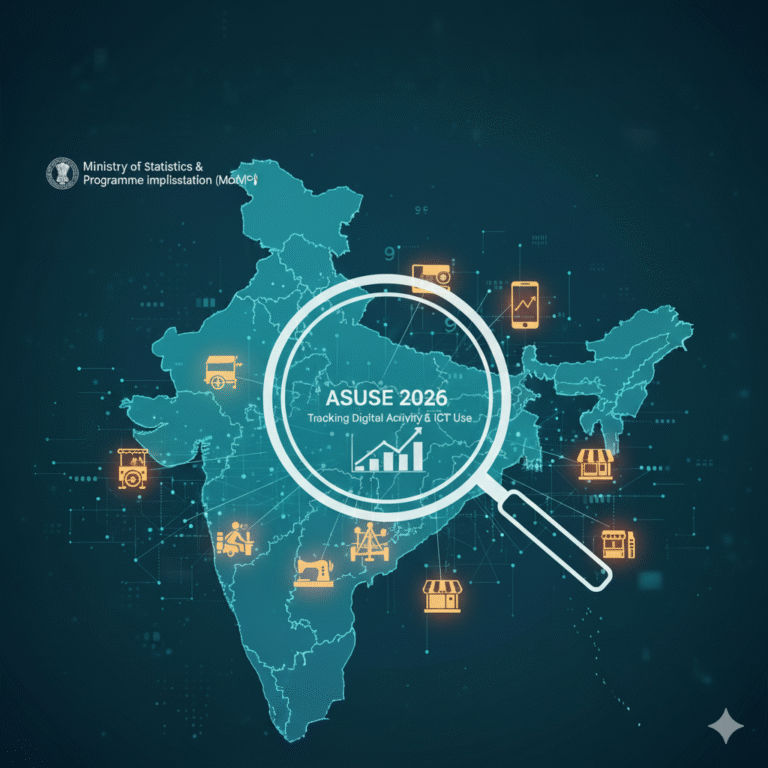
+ There are no comments
Add yours